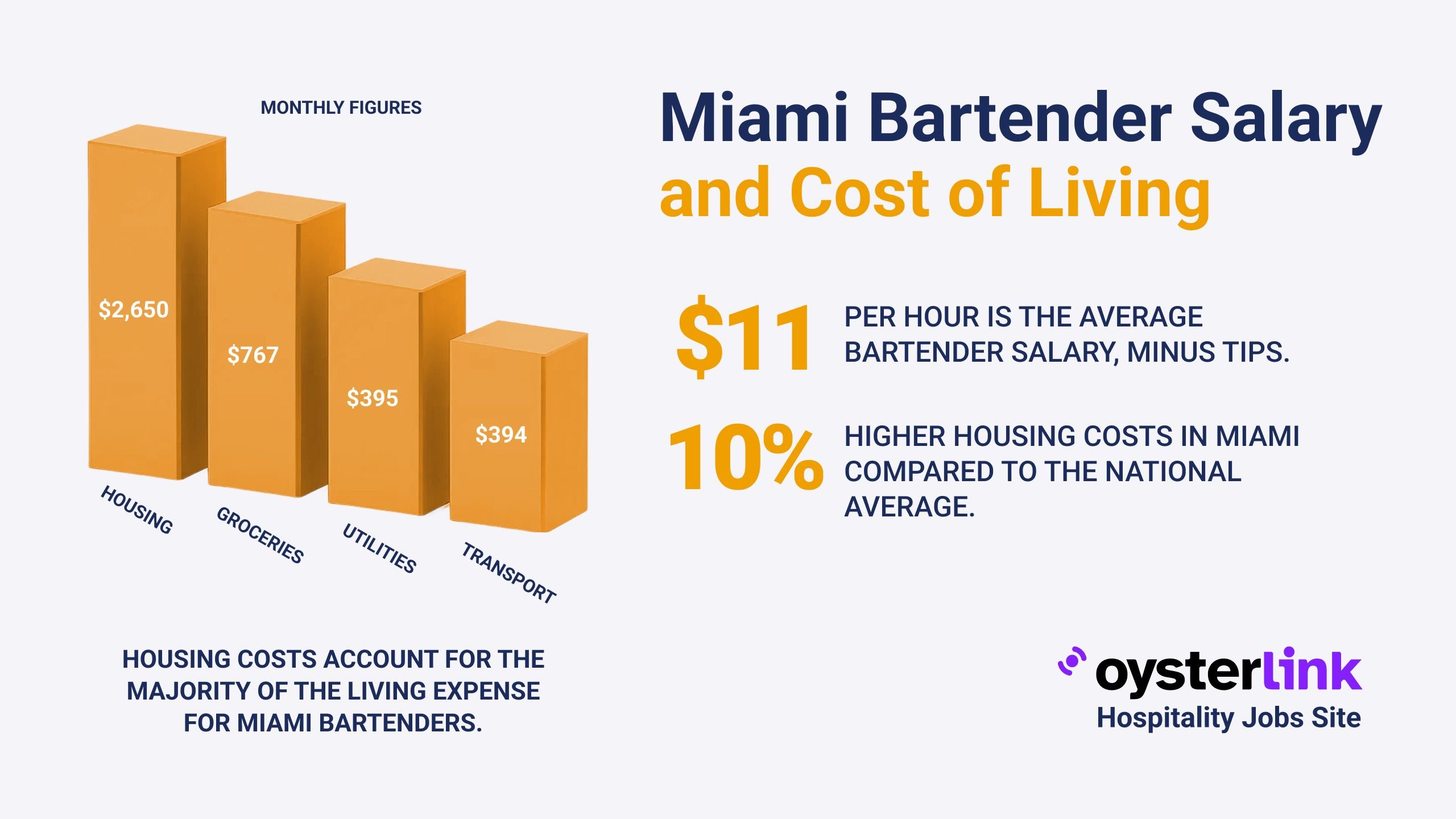Performance Review Template for Server: Key Takeaways
- A structured performance review for servers enhances service quality and operational efficiency.
- Key Performance Indicators (KPIs) such as customer service, technical skills, teamwork, and productivity are essential for evaluation.
- Setting SMART goals fosters continuous improvement and clear expectations in subsequent review periods.
Reviewing server performance systematically ensures consistent excellence in guest experiences and operational success.
This comprehensive template integrates KPIs and goal setting to optimize server performance assessments.
1. Overview of a Performance Review Template for Servers
A well-crafted performance review template for servers forms the foundation for constructive feedback, professional growth, and aligning individual contributions with restaurant objectives.
It facilitates transparent evaluation across multiple key dimensions of server responsibilities.
Use this employee evaluation form to standardize assessments and documentation.
2. Key Performance Indicators (KPIs) for Server Performance Reviews
KPIs provide measurable benchmarks to evaluate server effectiveness comprehensively.
For broader guidance on managing servers, explore this resource.
Customer Service KPI
Assess the server's ability to create a welcoming atmosphere, respond promptly to requests, and resolve complaints effectively to maximize guest satisfaction.
Technical Skills KPI
Measure proficiency in order accuracy, use of point-of-sale systems, and knowledge of menu items and specials ensuring smooth service execution.
Productivity and Efficiency KPI
Evaluate how well the server manages multiple tables, maintains speed during busy hours, and completes side duties timely to optimize workflow efficiency.
Teamwork and Communication KPI
Monitor collaboration with kitchen and servers, clarity in guest interactions, and contribution to a positive team environment enhancing overall service quality.
Quality of Work KPI
Review attention to detail in orders, consistency in service, and adherence to health and safety standards to maintain operational excellence.
3. Setting Goals and Evaluating Achievements in Server Performance Reviews
Tracking progress on prior goals is vital for continuous improvement. Review achievements such as enhancing customer satisfaction scores, boosting sales via upselling, or improving efficiency during peak hours.
Establish new goals using the SMART criteria: Specific, Measurable, Achievable, Relevant, and Time-bound. For example, target a 10% increase in positive customer feedback within the next quarter or complete advanced service training by the next review period.
To support goals with targeted development, learn how to train restaurant servers effectively.
4. Identifying Strengths and Areas for Improvement in Server Evaluations
Highlight strengths like consistent positive feedback, leadership in teamwork, or initiatives to enhance service. Recognizing accomplishments motivates continued excellence.
Constructive feedback on improvement areas, such as managing peak-hour stress or expanding menu knowledge, should be actionable to support growth.
During evaluations, reference these server interview questions to probe competencies and scenarios.
5. Employee Engagement and Review Formalities for Server Performance Reviews
Including a section for employee comments fosters open dialogue, allowing servers to express perspectives and contribute to their development plans.
Use a clear rating scale (e.g., 1-5 or descriptive scales from "Needs Improvement" to "Exceeds Expectations") to deliver transparent assessments.
Ensure both reviewer and server sign and date the review form, acknowledging mutual understanding and commitment.
Reinforce expectations with a server training manual that aligns standards across shifts.
6. Benefits of Implementing a Server Performance Review Template
A structured review template improves consistency and fairness across evaluations, helping managers provide focused guidance.
It facilitates talent development, increases employee engagement, and aligns individual goals with broader organizational objectives.
Clarify role expectations using the server job description when setting measurable criteria.
7. Sample Structure of a Server Performance Review Template
The template typically includes:
- Employee Information: Basic details including name, job title, department, review period, and reviewer’s name.
- Performance Summary: A brief overview highlighting key performance achievements.
- Key Performance Areas: Detailed evaluations in customer service, technical skills, efficiency, teamwork, and quality.
- Goal Achievement: Assessment of progress on previously set goals.
- Strengths and Accomplishments: Notable areas of excellence.
- Areas for Improvement: Constructive suggestions and focus points.
- Development Plan and Goals: SMART goals to guide future efforts.
- Rating Scale: Standardized system to quantify performance levels.
- Employee Comments: Section for server feedback.
- Signatures and Date: Formal acknowledgment of the review.
For comparable front-of-house duties, review the waitress job description as well.
8. Best Practices for Conducting Server Performance Reviews
Prepare by gathering relevant data including customer feedback, sales records, and observation notes.
Conduct reviews in a private, supportive setting to encourage honest communication.
Focus feedback on behaviors and outcomes, not personal traits, and encourage two-way dialogue.
Follow up post-review with ongoing coaching and support to help servers meet their goals.
If you operate upscale service, align standards with the fine dining server role expectations.
9. Useful Resources for Server Performance Management
- U.S. Department of Labor – Wage and Hour Division provides guidelines on wage policies and labor standards.
- Occupational Safety and Health Administration (OSHA) offers safety standards ensuring workplace well-being.
- National Restaurant Association shares valuable tools and best practices for restaurant management and hospitality staff development.
Stay compliant with changing server minimum wage requirements in your jurisdiction.
Performance Review Template for Server: Conclusion
Implementing a thorough performance review template tailored for servers allows hospitality businesses to drive excellence, boost morale, and achieve operational goals.
By measuring key performance indicators and setting strategic goals, employers foster growth, recognizing both achievements and areas for development.
Combining clear assessments with open communication ensures servers are equipped and motivated to consistently deliver outstanding guest experiences.


.png)

.png)
.jpg)